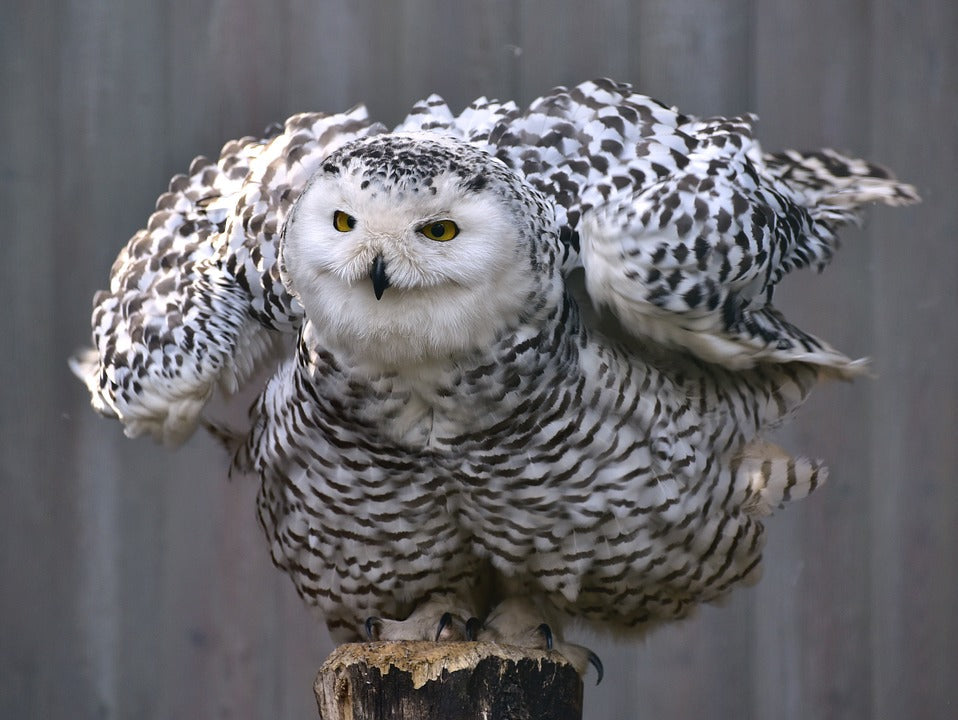Offer
Provide additional details about the offer you're running.
Provide additional details about the offer you're running.
Provide additional details about the offer you're running.

As we roll into 2016, it seems as if we might be on the brink of another record year of Snowy Owl sightings, as reports on tools such as eBird continue to roll in. During the months of October 2015 and December 2015, there are recorded sightings of Snowy Owls across most Canadian provinces and many sightings in northern states such as Montana, North Dakota, Minnesota, Wisconsin, Illinois, Michigan, Ohio, New York, Maine, Rhode Island, Massachusetts, and Connecticut.
While on the surface, this is indeed great news, there is somewhat of a downside to these kinds of numbers. When a particular area has great concentrations of a specific species, especially one as predatory as the Snowy Owl, the competition for habitat, and more importantly food, becomes quite fierce and can often lead to casualties. As of October 30th, 2015, Healing Haven Wildlife Rescue in Saskatchewan has received a number of calls regarding Snowy Owls in distress and is reporting a large number of fatalities, unfortunately.
To the east of Saskatchewan in Manitoba, they too are recording a large number of sightings and in turn, local refuges and shelters are overwhelmed with sick, injured and dying Snowy Owls. While this is the norm, especially when the owls are in search of their prized Arctic Lemmings for food, researchers are still baffled as the number of fatalities is at a 10-year high.
These large owls will often move locations, typically south to find more reliable and plentiful food sources and it is believed that by the time they arrive to a new location, the birds are very dehydrated and often arrive at shelters at under half of their normal body weight. At that point, it is quite difficult to nurse these birds back to a healthy weight and re-release them into the wild.
While many note that this is the circle of life, as vicious as it can seem at the time, it is perhaps as important a time as ever to be sure to report any and all Snowy Owl sightings to further the research into the growth and safety of one of our most favourite species.
High Quality Blend